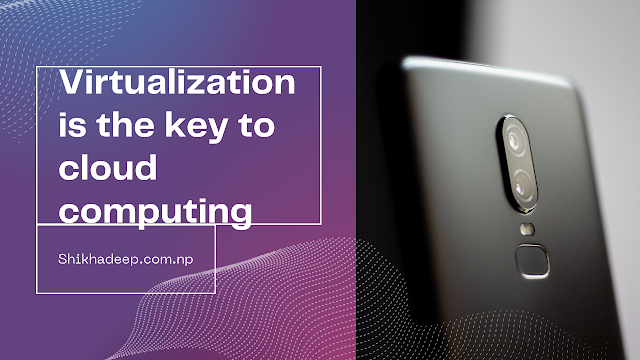”Virtualization is the key to cloud computing”, justify this statement with proper arguments. How hypervisor are used in cloud computing service?

Virtualization is one of the key components of the cloud computing paradigm, especially in infrastructure as a service model where the mentioned technology is essential to provide a large set of computing resources. Some experts even define cloud computing as simple as virtualized hardware and software plus advanced monitoring and resource management technologies. To say it straight and clear, without virtualization, cloud computing would leave the data unstable, uncontrolled, and unsafe. It is an important and probably an inseparable element of cloud computing services. Virtualization allows us to consolidate multiple physical components so that they can be managed in one place. With the help of virtualization, organizations have better visibility and also greater control of their infrastructure making security management simpler for the cloud. It is due to virtualization that cloud computing services are so cost-effective. Moreover, it is also responsible for the simplicity of d...